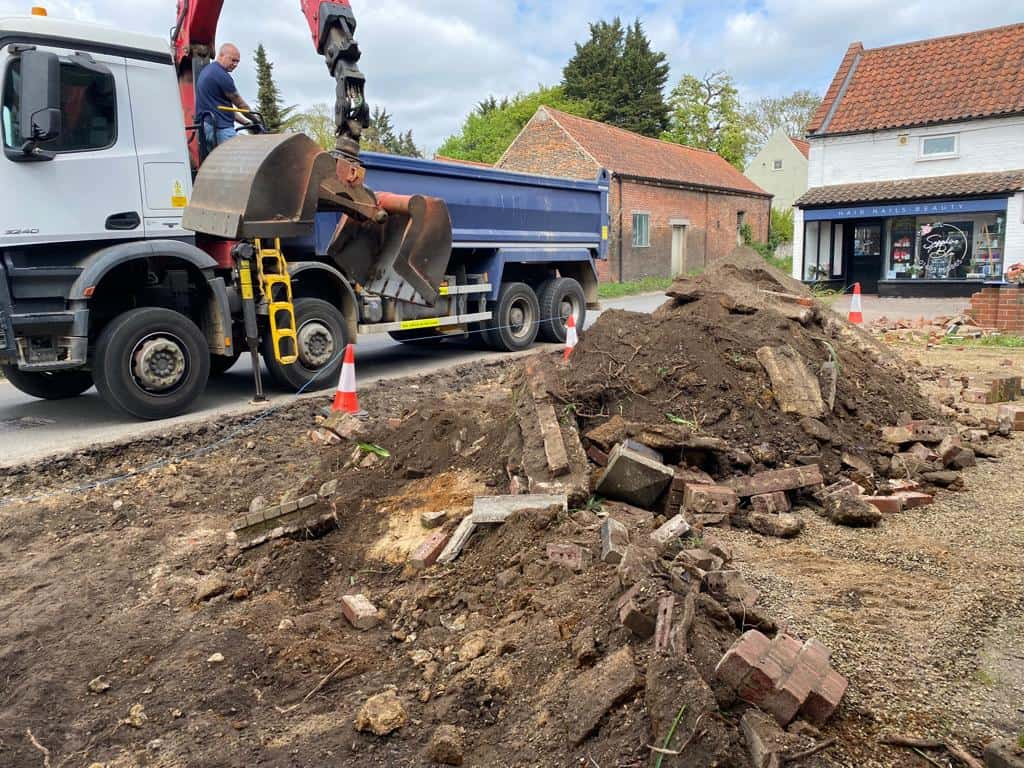The Evolution of Tarmac Car Parks: From Concept to Completion
The Evolution of Tarmac Car Parks: From Concept to Completion
Introduction: Tarmac car parks have come a long way since their inception, evolving from simple gravel lots to sophisticated paved surfaces designed for durability, functionality, and aesthetic appeal. The journey from concept to completion involves careful planning, engineering, and construction to create car parks that meet drivers’ needs while enhancing the surrounding environment. In this blog post, presented by Ramsgate Driveways, we’ll explore the evolution of tarmac car parks, from their early beginnings to the modern-day solutions that shape our urban landscapes.
1. Early Beginnings
The concept of tarmac car parks dates back to the early 20th century, when automobiles began to proliferate, creating a need for designated parking areas. Initially, car parks consisted of simple gravel or dirt lots with minimal infrastructure, offering basic parking facilities for vehicles. While these early car parks served their purpose, they lacked durability, drainage, and organisation, leading to dust, mud, and congestion issues.
2. Introduction of Tarmac
It is introducing tarmac, asphalt or bitumen revolutionised car park construction by providing a durable, smooth, and cost-effective paving material. Tarmac is a mixture of aggregates, sand, and bitumen binder, which is heated and combined to create a viscous liquid that can be poured and compacted onto a prepared sub-base. Tarmac offers excellent load-bearing capacity, resistance to wear and tear, and flexibility to accommodate ground movement, making it ideal for car park surfaces.
3. Advancements in Design and Engineering
Over time, advancements in design and engineering have led to the development of more sophisticated tarmac car parks that prioritise functionality, aesthetics, and sustainability. Modern car park designs incorporate features such as designated parking spaces, efficient traffic flow patterns, accessible parking for disabled individuals, and landscaping elements to enhance the visual appeal of the space.
4. Sustainable Practices
In response to growing environmental concerns, tarmac car park construction has embraced sustainable practices to minimise the ecological footprint of parking facilities. Sustainable tarmac solutions include:
- Using recycled materials in pavement mixtures.
- Incorporating permeable paving techniques to reduce stormwater runoff.
- Implementing green infrastructure such as rain gardens or bioswales to improve water quality and biodiversity.
5. Integration of Technology
Technology integration has also played a significant role in the evolution of tarmac car parks, with advancements in lighting, signage, payment systems, and vehicle detection technologies enhancing the user experience and improving operational efficiency. Smart parking solutions may include:
- LED lighting systems.
- Digital signage for wayfinding and information dissemination.
- Automated payment kiosks.
- Sensors to monitor parking availability in real time.
Conclusion: The evolution of tarmac car parks reflects the ongoing efforts to create safe, efficient, and sustainable parking solutions that meet the needs of drivers and communities. From humble beginnings as gravel lots to modern-day paved surfaces equipped with advanced technologies, tarmac car parks have significantly transformed into integral components of our urban infrastructure.
Call us on: 01843 265 695
Click here to find out more about Ramsgate Driveways
Click here to complete our contact form and see how we can help with your driveway needs.

